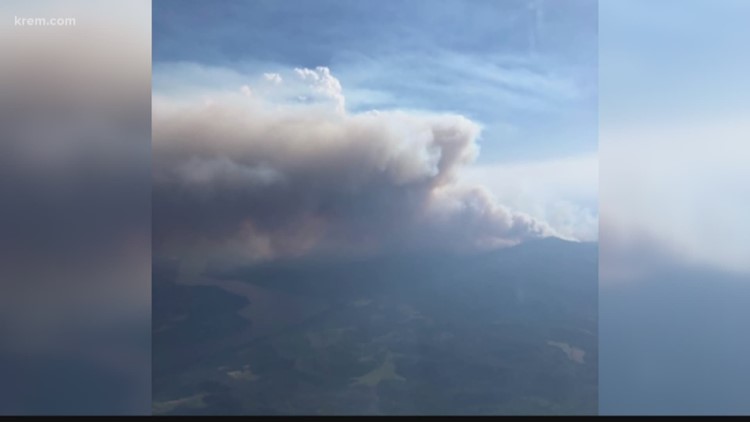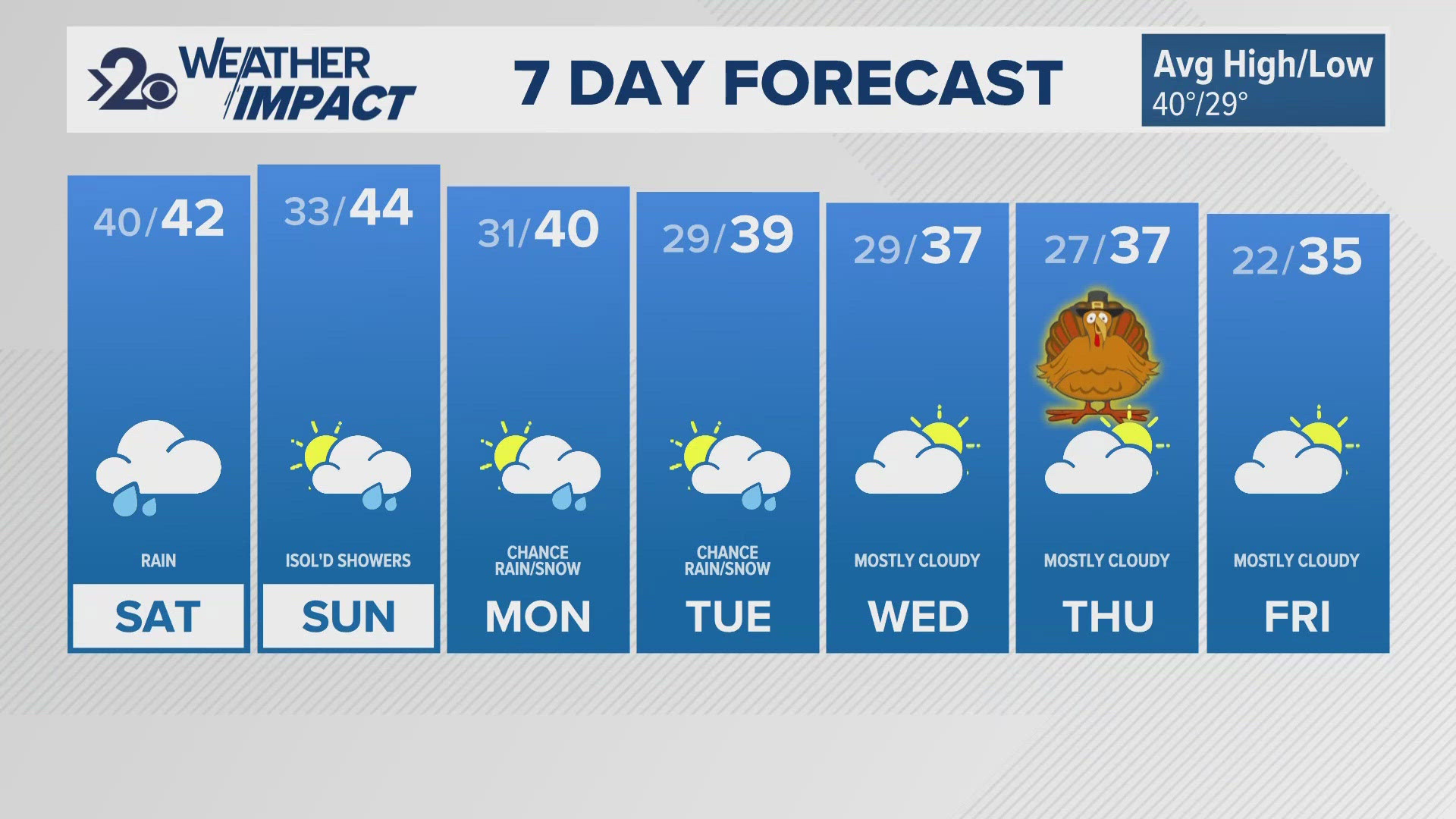SPOKANE, Wash. — Over the past week, wildfire season has kicked into overdrive in central Washington. We still have two of the driest months in August and September ahead of us.
I took a deeper look into a curious question that's often asked in this area: Did the wet spring lead to a worse wildfire season this summer?
First let's look at the statistics. May was incredibly wet for the region. Spokane got 3.24" of rain and Omak got 1.75". Well above average for both cities. June was decently rainy too. Lighter but more consistent rain gave Spokane 0.88" (which was actually below average) and Omak got 1.36".
July however has been incredibly dry. Just one day of measurable rain and it was the first day of the month. five-hundredths of an inch in Spokane and just one-hundredth of an inch of rain in Omak.
"What you have is a flush of growth, new succulent growth. Especially the annuals, the grasses, the plants. And what that does is literally builds fuel," says George Geissler, Washington State Forester with the Department of Nature Resources.
He and I discussed whether the wet spring, which results in more grass growth, could lead to more fuel for fires later on in the summer.
"This new growth dries out very quickly. In fact, it reacts within a few hours, and you'll see plant moisture levels drop and drop and drop until it's available to burn."
One of our first large fires this year was the Saddle Mountain fire in Grant County. This fire took advantage of the dry grass and sagebrush, a finer fuel source that ultimately burned about 10,000 acres.
So to answer our initial question, a wet spring likely leads to a delayed onset in the start of wildfire season. However, fire activity can suddenly ramp up with grassland fires once conditions start to dry out, as it did this year.
"We're actually now at a point within Washington where even the largest fuels have dried out and are becoming available to combust."
Not only is August and September incredible dry for central Washington, but there is still drought conditions which persisted through the somewhat rainy spring time in that region.
According to the U.S. Drought Monitor, the eastern Cascade slops continue to report moderate to severe drought conditions, which covers about 26% of the state of Washington.
"It's got an underlying issue related to climate. It's not getting the amount of moisture it truly needs. The idea of how climate and climate change is affecting our forests."
That means, we're just starting to see the beginning of fire season, a season that is expected to worsen through August until we see a drastic change in our weather pattern that delivers a significant amount of rain. And this goes for Spokane too. Even though we're not under a drought, our climate still naturally leans towards dry conditions and dry vegetation.
"Even in the area up around Spokane, those plants are more adapted to drier conditions, but they also dry out a little bit faster."



